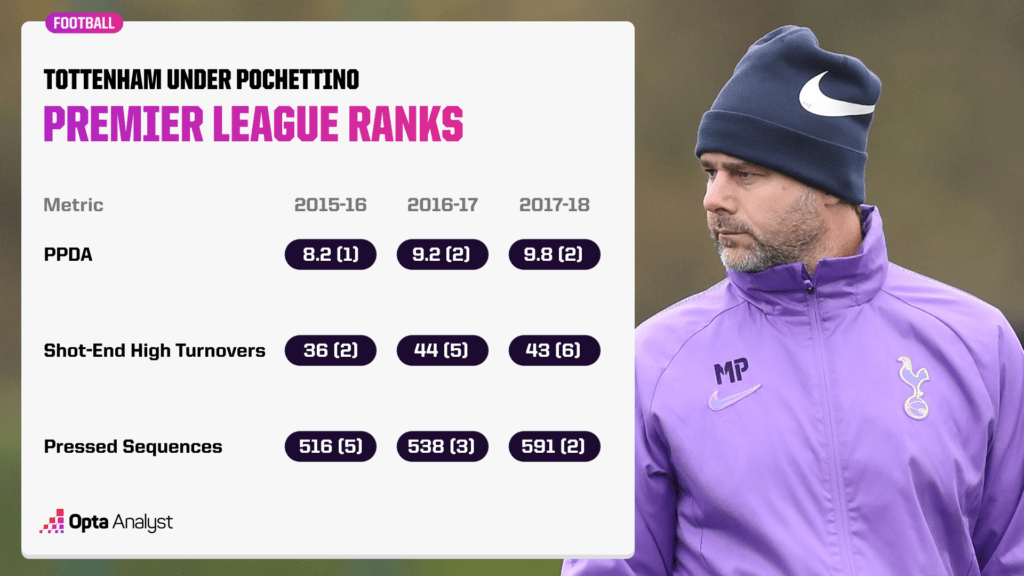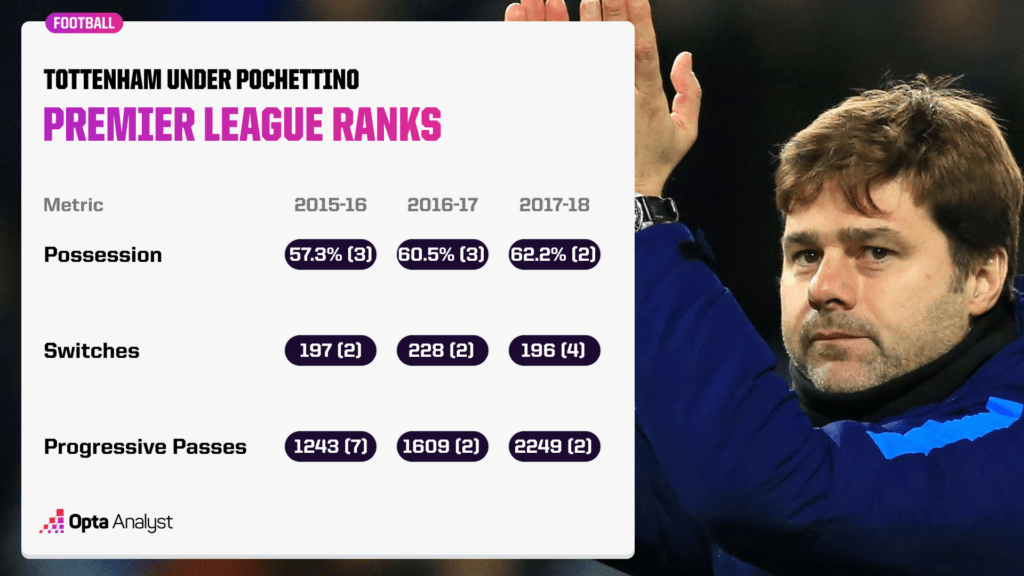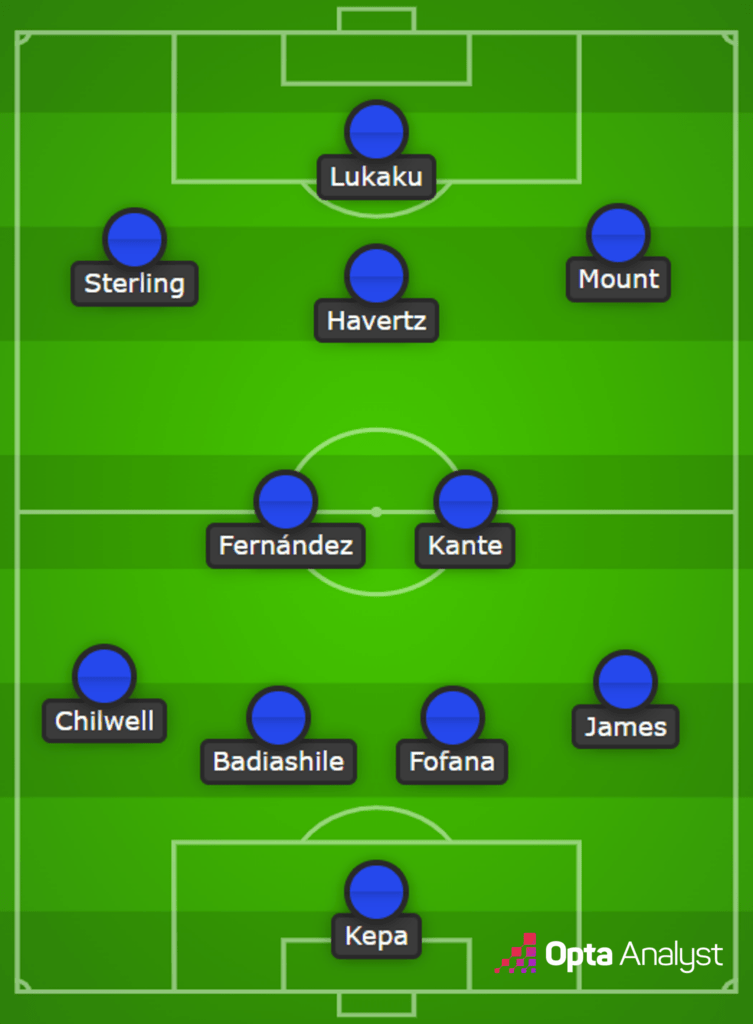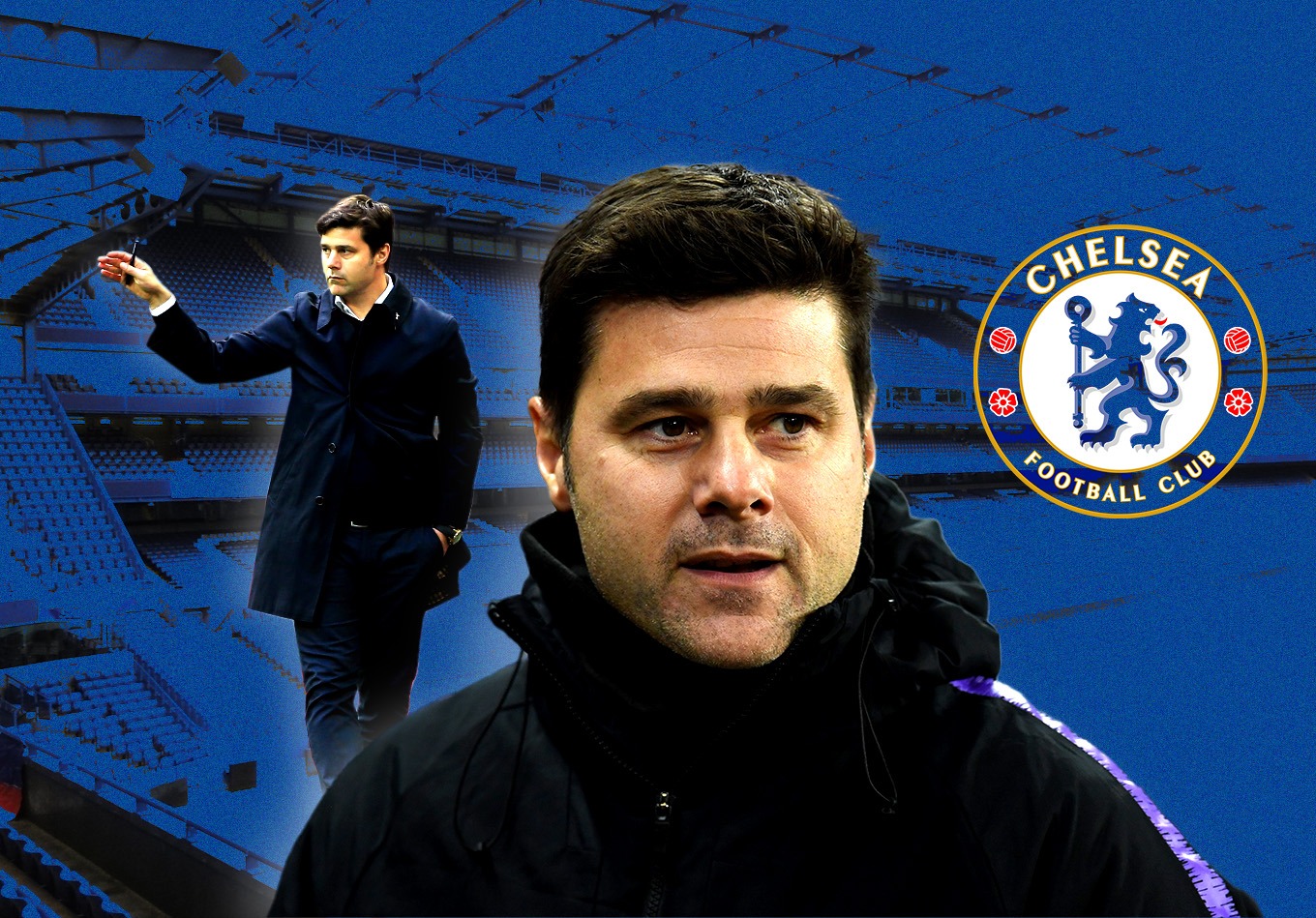New managers are a source of eternal optimism for the simple reason we can project onto them whatever we like. No matter how entangled the mess they inherit, and no matter the modern game’s reliance on sporting directors and grand boardroom ideologies, a new manager is always pre-loaded with the hopes and biases we choose to inflict upon them.
Mauricio Pochettino might be the super-intensive coach whose furious warmth towards sprightly young players is perfectly suited to stripping the Chelsea deadwood and kick-starting the Todd Boehly revolution. Or, Pochettino struggled to impose his style of football in an ego-filled Paris Saint-Germain dressing room and worryingly his methods last took hold half a decade ago.
Pochettino can adapt to strained relationships and complicated transfer windows, uniting the players behind a singular tactical vision. Or, Pochettino is a project manager whose demand for patience and allergy to silverware threatens to sink him as it did Graham Potter.
You choose.
The ensuing chaos of Boehly’s move-fast-and-break-things energy has only muddied the water further. His one-year anniversary at the end of this month will provide time to reflect on three managers, £500 million of new signings, and the club’s lowest league finish since 1996. There ought to be as many pessimistic takes on the impending Pochettino era as hopeful ones – but that just isn’t how football fandom works.
Thankfully for the optimists, the underlying data shows the current Chelsea squad is suited to the tactical ideas he deployed at Tottenham, suggesting that if Pochettino can’t get it right for Boehly, nobody can.
Pochettino’s Principles Explained
Broadly speaking Pochettino’s tactical ideology is inspired by Marcelo Bielsa – in terms of aggressive pressing and high-intensity training – but with a measured focus on ‘positional play’, which is similar to how Pep Guardiola looks at the game.
He borrows from both of these footballing greats. From Bielsa, there’s the furious attacking football built via swarming packs overloading one flank before switching to the other, and defenders stepping out to meet their aggressors. From Guardiola, there’s the exacting detail on precisely where to stand and how to move in a perfectly choreographed pattern of triangles.
The aim is to stamp out opposition counter-attacks via that perfect shape and via energetic counter-pressing, while using narrow attacking lines and flying full-backs to create fast one-touch football supported by a host of intricate automatisms: the set moves in open play that are etched into muscle memory during Pochettino’s infamously taxing double training sessions.
All of this is welded together with a gruelling fitness regime and Pochettino’s strong relationships with the young and hungry clique he creates. Outsiders are banished ruthlessly, but those on the inside form intense bonds that – and here he is certainly more Bielsa than Guardiola – inspire intelligent footballers to run through brick walls for him.
How These Ideas Manifested at Spurs
To make the abstract more concrete, let’s take a look at how this played out during his five years at Spurs, isolating the three in the middle – after the 2014-15 bedding-in season and before things began to fall apart in 2018-19, when an epic Champions League run papered over an ageing side becoming more reactive and error-prone domestically.
The table below highlights Tottenham’s high-octane pressing under Pochettino, with an impressive league rank on PPDA and high turnovers emphasising that Bielsa influence:

On the ball, their ‘switches’ numbers show Pochettino’s tendency to overload one side of the pitch before shifting the ball out to the other flank, while their mix of strong possession and progressive passes stats highlights their forward-thinking intent and Pochettino’s desire to fuse Bielsa’s straight lines with Guardiola’s positional play:

As for the formation and players involved, throughout the peak years Pochettino predominantly used a 4-2-3-1 that transformed into a 3-4-2-1 in possession: Eric Dier would drop from midfield into a back three which, spreading wide, allowed the full-backs Kyle Walker and Danny Rose to bomb forward.
Other common sights included Moussa Dembélé wriggling clear as the press-evading midfield base, Christian Eriksen freed as the natural playmaker, Harry Kane and Dele Alli swapping positions as the striker dropped deep, and Tottenham’s two wingers counter-balancing skill sets (one infield playmaker, and one direct dribbler).
Chelsea Are Well Set up for Pochettino
Perhaps surprisingly, Chelsea are not too far away from these ideas. The headline stat is that Chelsea top the Premier League charts in 2022-23 for PPDA with 9.7, and despite being in the bottom half of the table they rank within the top five for high turnovers (324) and pressed sequences (541). In other words, they already know how to press hard and win the ball high up the pitch.
Just as importantly, they rank fourth this season for average possession (59.4%), fifth for progressive passes (1596), and third for progressive carries (743). They might look a mess, but Chelsea have good bones, and, as implausible as it might sound, that’s largely thanks to the good work of their transfer team.
Chelsea’s chaotic recruitment has nothing to do with the scouting department, which has invested in players with a consistent idea of the technical profile they are after. The good news is that a hard-pressing, vertically-inclined attacking coach like Pochettino is considerably better suited to the profiles of Chelsea’s new signings than the patient possession type like Graham Potter.
Starting at the back, it is notable how Chelsea have signed technical defenders with an unusual capacity to split the lines. Wesley Fofana’s fledging career at Stamford Bridge has been marred by injury, but when he’s been available, he has shown an excellent ability to carry the ball out of defence. Fofana has averaged 12.5 progressive carries per 90 minutes for Chelsea this season – the fourth-highest rank of all Premier League central defenders – while he is in the 99th percentile for that metric across Europe’s top five leagues in the past year.
Another one of Chelsea’s young centre-backs is Benoît Badiashile who is excellent at breaking lines with his passing. He hasn’t played a huge amount, but the Frenchman averages 3.3 progressive passes per 90 this season, a tally which only six other central defenders in the Premier League can better.
The full-back/wing-back positions are crucial and in Reece James and Ben Chilwell Chelsea possess the modern equivalent of Pochettino’s English pair Walker and Rose. Chilwell is in the 88th percentile for xG assisted (0.17 per game) while James is a leader in most attacking categories from wing-back.
Elsewhere, Enzo Fernandez is potentially the perfect metronomic playmaker to take the Dier role to the next level: his 5.6 progressive passes per 90 is the fifth best of any Premier League player this season, while his 79.4 passes per game is the highest of any midfielder. He is extremely active defensively, too, ranking in the 88thpercentile for tackles (2.96 per 90) and in the 92nd for blocks (1.77 per 90) when comparing him to midfielders across Europe’s top five leagues.
Fernandez is always looking forward, schooled in the same urgent Argentinian style as his new manager.
He can be complemented by the combative N’Golo Kanté, a man who can weave through the lines with even greater dexterity than peak Dembele, or an intelligent playmaker in Mason Mount. Out of favour recently, Mount is just the kind of smart and disciplined player Pochettino could convert into the new Eriksen.
Out wide, Chelsea have almost exclusively signed powerful dribblers. Noni Madueke is a very incisive attacker, who, if we ignore his low total minutes (455) for a moment, averages more successful take-ons per 90 (5.0) than any other player in the league. With 7.5 touches in the opposition box per 90 minutes – the most of any Chelsea player this season – he clearly offers a direct dribbling threat. A more experienced winger, Raheem Sterling’s talents need no introduction.
Pochettino will likely want to mix this style with someone closer to a number ten on the other wing, however, and this could be among Chelsea’s most important positions to upgrade, although rumoured interest in Moisés Caicedo and Declan Rice suggests Pochettino may see Mount as more of an inverted winger in his system.
Romelu Lukaku isn’t exactly in the mould of Kane, but then again with a Dele-like floating forward alongside him – Christopher Nkunku, perhaps, or Kai Havertz – it is not the worst fit, and frankly with Chelsea needing to offload around a dozen players this summer it is unlikely Pochettino will be able to upgrade here.
That is one of the main appeals of Pochettino. He surely won’t have much luck in the transfer window, but with 14 players aged 24 and under Chelsea have more than enough depth of talent for the new manager to sculpt on the training field.

A lot has changed in five years, and it is unlikely Pochettino would want to implement the exact dynamics of his Tottenham team at Stamford Bridge. There will be adaptation and invention, just as there was at PSG, where Pochettino had to improvise a reactive 4-3-3 to fit square pegs in round holes.
Still, our best guess is that he will broadly try something similar to the last time he built a title-challenging team in England.
The statistical evidence suggests he is a good fit for Chelsea and Chelsea is a good fit for him. But with Boehly as the chairman, well, anything could happen.
Enjoy this? Subscribe to our mailing list to receive exclusive weekly content. And follow us on Twitter too.
